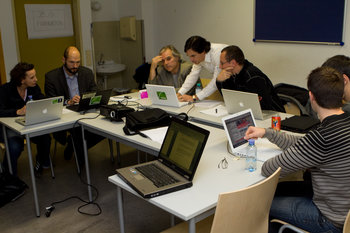
Identify tasks | Identify target users or the users that complete the task |
Conduct user interviews | Conduct surveys |
Conduct user analysis | Identify task objectives and goals |
Develop or identify task measurements, metrics and KPIs | Document task constraints |
Document task characteristics such as frequency, complexity and necessary tools | Document context of use – the real world conditions where the task is competed |
Identify task steps and sub-tasks | Identify dependencies and relationships |
Map task steps to systems and data | Develop a task flowchart or hierarchy of tasks and sub-tasks |
Cognitive task analysis – identify demands of memory, concentration, thinking, skills and attention | Identify problem solving and decision making steps |
Identify bottlenecks and inefficiencies | Identify gaps in processes, systems and data |
Identify usability pain points | Identify task failures |
Perform root cause analysis for task failures | Identify risks related to tasks |
Identify moment of risk | Identify latent human error |
Deliver a task improvement plan | Deliver user requirements to improve tasks or related things such as workflows and systems |
Deliver recommendations for improving task efficiency. | Deliver a usability analysis |
Deliver a risk management plan for tasks. |




































